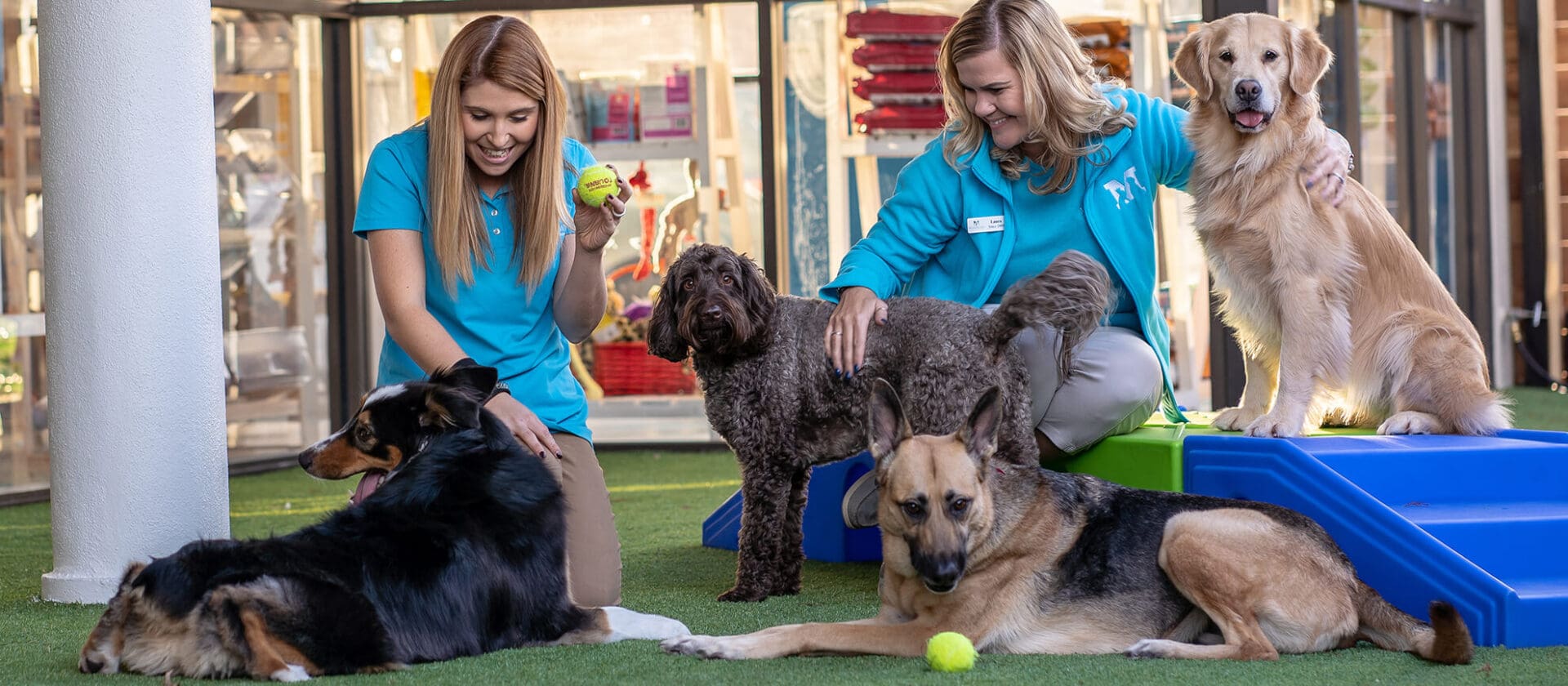6 Tips on Boarding Your Pet During A Hurricane Evacutation

Hurricane season looks to be here or just around the corner in Houston. Since Hurricane Harvey in 2017, we’ve learned a lot, largely the hard way, about the necessity of disaster preparation for animals, especially our own pets. Unlike many other types of catastrophes, such as flash flooding and tornadoes, we usually have the benefit of being able to plan ahead of time for a certain time of year and having some early notice. This does not, however, imply that we may put off preparing until the last minute.
We’ve highlighted six methods to get your pet ready for hurricane evacuations below ( & other disasters).
Have A Plan
While hurricanes may only last a few hours, recovery might take weeks or months. It’s possible that your home is without electricity, water, or other utilities, rendering it uninhabitable. You should plan ahead of time, especially if you are forced from your home. Pet-friendly hotels, pet resorts like Meadowlake, and family or friends in a different area are all options for boarding your dog during a hurricane, but they must be considered ahead of time.
Have Your Pet Microchipped
This animal identification technique comes highly recommended. A microchip offers safe, dependable, and permanent identification, substantially increasing the chances of your pet being returned to you if it becomes lost. A microchip can only do its work if it is registered in a pet recovery database with up-to-date contact information.
Make Sure Your Pet Is Up To Date On All Vaccinations
Ideally, you’ll be able to keep your pets with you during the evacuation process; but, if they need to be boarded at a resort like Meadowlake or a vet, they must be up to date on all vaccines in order to be admitted. You’ll have to provide confirmation of these immunizations. Here at Meadowlake, even under emergency circumstances, the safety of our guests is our first priority; therefore, we require that all pets staying with us be current on Rabies, Distemper/Parvo, and Bordetella. It is also highly recommended to have your pet vaccinated for both H3N2 & H3N8.
Have An Evacuation Kit Prepared
Your kit should include:
- Food
- Water
- Bowls for the food and water
- Pet carriers
- Pet leashes or harnesses
- Pets medical records
- Pet first aid kit
- Emergency contact numbers
- List of pet friendly places of shelter
- Pet toys
- Pet beds
- Blankets
- Treats
- Doggy bags and/or litter box supplies
Create An Identification File For Each Pet
If you and your pet become separated, this file will allow you to rapidly communicate vital information to aid in the search for them. Your pet’s recent images should be included in the file (you will have to show a photograph to have your animal released to you from a shelter, or other holding facility; including yourself in the photos will aid this process), adoption paperwork, a written description of your pet (canine, Labrador, female, 7 years old, brindle, 10 pounds, etc.), a description of your pet’s distinguishing characteristics (white paws, black patch on back, etc.), food, medicines, immunization history, behavioral concerns, and personality. Put the file in a water-resistant folder and keep it in your kit.
Learn Pet CPR
Pet parents might benefit from understanding pet CPR in addition to their preparation plan. Your pet is a vital member of the family, and keeping them healthy and happy is a major concern. Even with the greatest care, unforeseen sickness or injury that need emergency treatment can occur. That is why knowing some basic first-aid for dogs is beneficial.
Take these suggestions as a helpful reminder of what to do in the event of an emergency or natural disaster as we make our way through July. It just takes a few minutes to make an emergency plan for yourself and your dogs!

